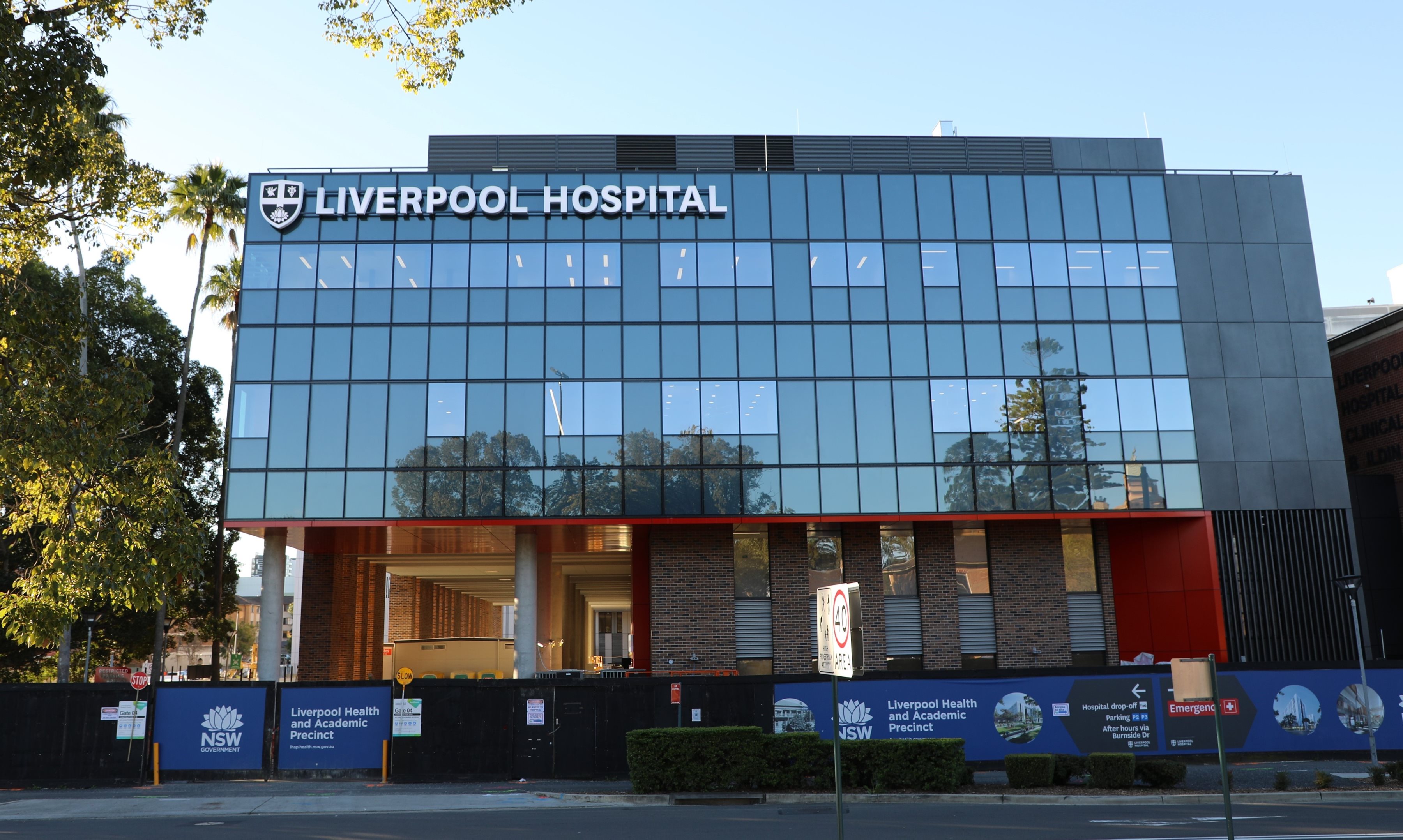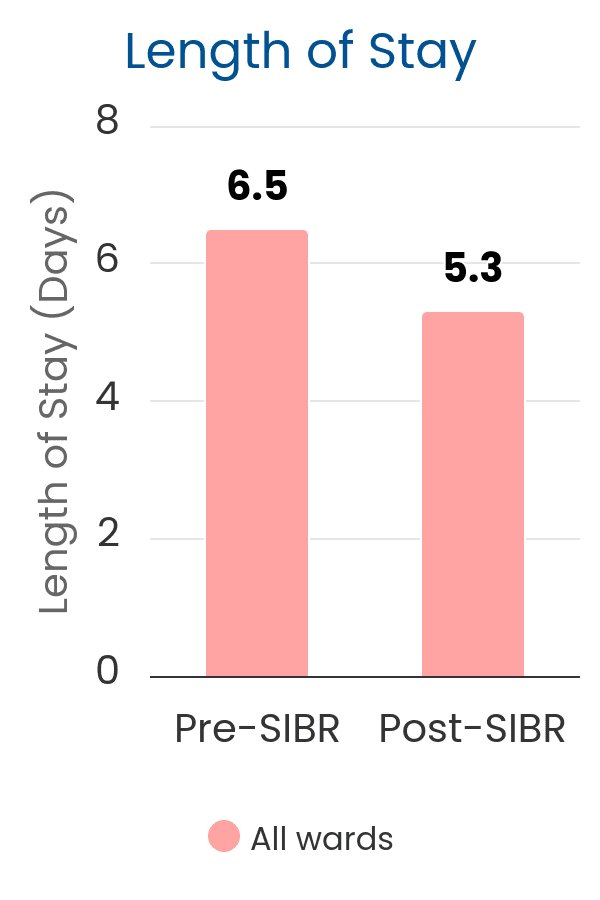
SIBR rounds on an oncology service significantly improved length of stay and satisfaction

Top Results
Overview
The oncology service recognized an opportunity to streamline service delivery, improve througput and patient experience.
Objectives
The oncology service recognized that a communication gap existed between the Consultant Physicians and other healthcare care providers with their existing model. The service had the ambition that SIBR rounds would help to improve patient care, multi-disciplinary team involvement, and communication between staff, patients and families.
Methods
A team of staff from the service participated in a three day SIBR residential training session led by 1Unit, supported by the New South Wales Clinical Excellence Commission (CEC). Following this the team had an advanced understanding of the SIBR rounds process, how to prepare, train staff, optimize the process to local needs and engage patients in the process.
The oncology service implemented a 'home ward' for medical oncology patients, with a single consultant responsible for all medical oncology patients on the ward each week. Other oncology patients were grouped as best as possible across the other units to reduce the number of Attending Consultants.
The service decided that the junior medical officers and Attending Consultants would round prior to SIBR, identifying a problem list and developing a preliminary discharge plan. Other team members would prepare for SIBR independently. Due to limited allied health resources, it was decided that they would rotate their participation on SIBR across the oncology units within the service each day. Patients and carers were educated about the SIBR rounds process and the expected time.
Results
Throughput
Length of stay for all units: Pre-SIBR = 6.5 days and Post-SIBR = 5.3 days. 18.5% reduction in LOS
Staff satisfaction
Job satisfaction: Pre-SIBR = 74%, Post-SIBR = 94%
Enthusiasm: Pre-SIBR = 78%, Post-SIBR = 92%
Have enough time to complete work: Pre-SIBR = 23%, Post-SIBR = 58%
Discuss patient problems with colleagues: Pre-SIBR = 61%, Post-SIBR = 83%
confidence: Pre-SIBR = 68%, Post-SIBR = 94%
Job is meaningful: Pre-SIBR = 84%, Post-SIBR = 94%
Patient Satisfaction
Drs always knowing enough about patients: Pre-SIBR = 69%, Post-SIBR = 89%
Nurses know enough about patients: Pre-SIBR = 69%, Post-SIBR = 89%
Always have trust in team: Pre-SIBR = 85%, Post-SIBR = 100%
Always have the opportunity to talk to a team member: Pre-SIBR = 62%, Post-SIBR = 89%
Always aware of team members: Pre-SIBR = 38%, Post-SIBR = 78%
Always fell involved in their care and discharge from hospital: Pre-SIBR = 54%, Post-SIBR = 78%
The organization of care is very good: Pre-SIBR = 62%, Post-SIBR = 89%
Conclusion
The reorganization of the hospital's oncology service to a home-based medical oncology unit, led to a significant reduction in overall length of stay for the onocology patients. Staff and patient satisfaction ratings across a range of measures were also significantly improved.




